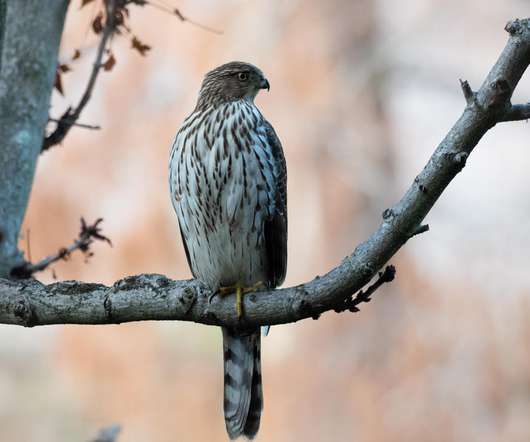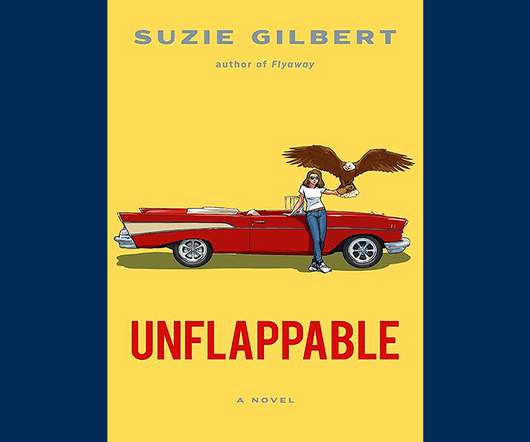The Gas Station Bird
10,000 Birds
JUNE 13, 2021
Here’s a quote about bird lungs from Britannica: “Himalayan geese have been observed not only to fly over human climbers struggling to reach the top of Mount Everest, but to honk as they do so.” Both falconers and wildlife rehabilitators have to study, gain experience, and jump through various hoops in order to get their licenses.











Let's personalize your content